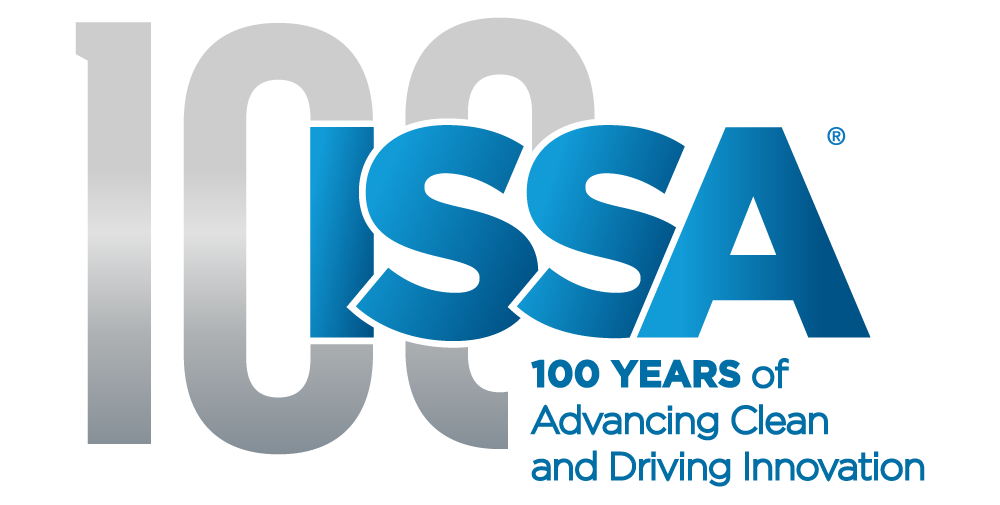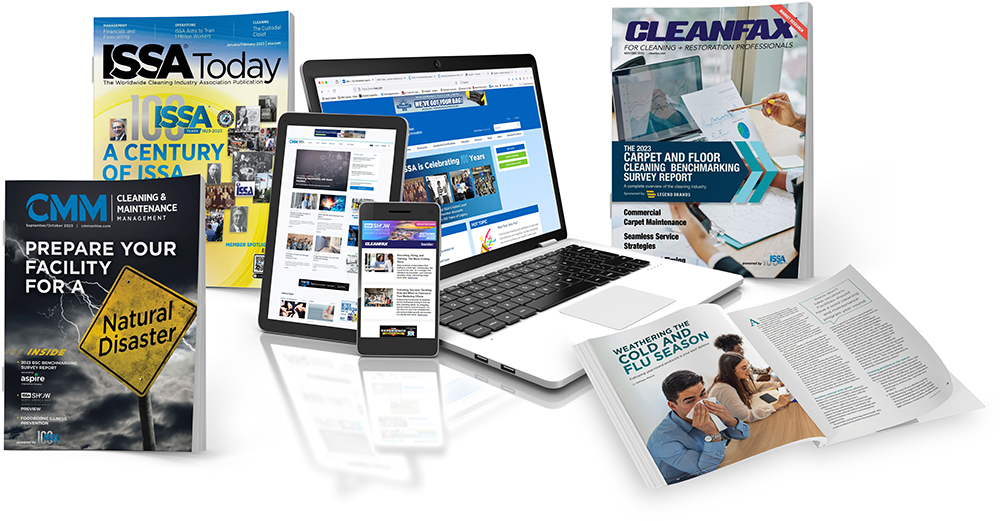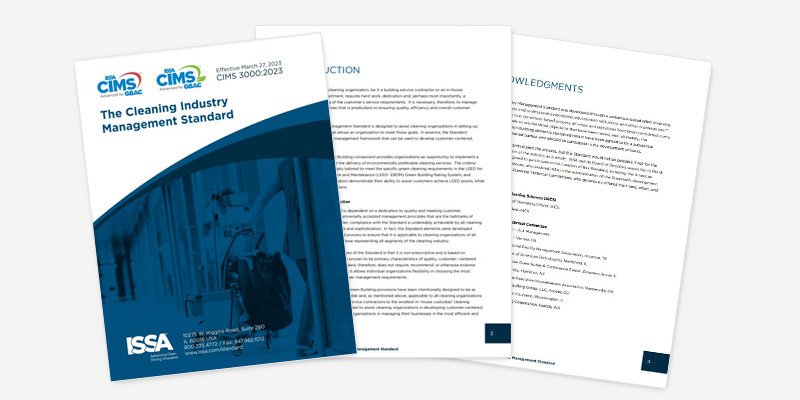Leveraging AI for Facility Maintenance Services

Sustainable and efficient facility management is vital in today’s fast-changing business industries. Integrating artificial intelligence (AI) within facilities can significantly enhance building efficiency and performance. As AI gains traction, its applications are expanding across various industries, including environmental sustainability. AI has the potential to drive corporate responsibility through predictive analytics, automation, energy optimization, cleaning, inventory management, and overall practices.
Integrating AI tools with existing facility management systems is also beneficial, as it combines all sources into one platform, providing real-time insights while monitoring energy consumption levels. Its growth has the capability to empower organizations with substantial ecological footprints to make significant positive changes.
AI’s data analysis and predictive insights into energy usage can identify optimization opportunities and prevent waste. On average, buildings can waste around 25% to 30% of the water consumed. With AI-powered computer vision, facilities can detect water leaks or other harmful chemicals and notify authorities. And according to Boston Consulting Group, in 2030, using AI for climate control could help reduce 2.6 to 5.3 gigatons of greenhouse gas (GHG) emissions. AI can increase cooling or heating capacities during peak hours to ensure occupants’ comfort. And during off-peak hours, AI can adjust temperature settings based on occupancy to lower energy consumption.
Predictive space planning
Facility managers often struggle with creating efficient workspaces for employees while avoiding resource waste. AI can significantly improve space planning through predictive analytics. By analyzing space occupancy, foot traffic, and employee preferences, AI can gain insights into space utilization patterns. By understanding how various areas in a facility are used throughout the day, it can then recommend optimized space layouts. Facility managers can leverage this information to create flexible workspaces that adapt to changing workforce dynamics.
By optimizing space utilization, facility managers can enhance operational efficiency, reduce overhead costs, and improve overall employee satisfaction.
Driving energy efficiency with a predictive approach
Buildings contribute significantly to global greenhouse gas emissions, accounting for over one-third of worldwide emissions. AI solutions have the potential to reduce carbon emissions and enhance energy efficiency in buildings by monitoring HVAC systems, overall energy use, occupancy, and downtime hours. The collected data can then be used to predict occupants’ habits and control HVAC energy balance, thereby establishing a consistent temperature for improved efficiency. Fine-tuning HVAC systems based on this data and weather forecasts can boost sustainability.
Traditionally, facility management has been reactive, addressing maintenance tasks only after problems occur. AI disrupts this course by enabling proactive facility management and maintenance. Machine learning algorithms within AI can anticipate equipment failures and maintenance needs by analyzing patterns in historical data.
This predictive maintenance approach allows facility managers to identify potential issues before they escalate, minimizing downtime and extending equipment lifespan. Consequently, proactive maintenance can lead to substantial cost savings, heightened operational efficiency, and improved occupant satisfaction.
AI’s impact on commercial cleaning
Over the past decade, the commercial cleaning industry has grown tremendously. The pandemic has transformed the industry from a mere convenience into a necessity, and it remains one of the most recession-resistant industries in the United States.
The McKinsey Global Institute (MGI) has published insightful reports on the impact of AI on commercial cleaning services. One report discussing the state of AI in 2020, revealed that 52% of companies had implemented at least one AI capability in their business operations. Janitorial commercial cleaning services could harness AI for efficient job scheduling and quality assurance through computer vision.
Conventionally, commercial cleaning staff clean all occupied spaces on a regular schedule. This approach is effective for consistently used spaces. However, as occupants use spaces with increasing flexibility, some areas may see more use than others. With the help of occupancy tracking sensors, cleaning can be performed as needed based on actual usage. AI can forecast cleaning demands and even establish a schedule for service providers.
Optimizing employee routing in facilities can enhance cleaning service efficiency. By considering the route to be cleaned, the number of employees, and other conditions, AI can deliver the optimal routing. Furthermore, AI can assist with inventory control by predicting consumption rates of cleaning supplies and automating restocking processes, leading to additional cost savings.
Commercial cleaning services are becoming more automated and advanced, using a range of high-tech tools like automatic window cleaners, self-driving vehicles, large-scale floor cleaning machines, and sensors that can monitor the building’s condition while cleaning is performed.
MGI’s report on the driving impact of automation and AI emphasizes cleaning services as an area with significant automation potential. They estimate that 23% of activities in cleaning services could be automated using current technologies. While robotics may help with routine cleaning tasks, the human touch remains at the top for customer-facing services. Companies may have to redesign jobs for human-machine collaboration. Although MGI sees significant potential to automate cleaning services with AI and robotics, some human skills like flexibility and situational adaptability would be challenging to automate.
AI-powered indoor air quality (IAQ) monitoring
The U.S. Environmental Protection Agency (EPA) states that Americans spend about 90% of their time indoors on average, where the concentrations of some pollutants are often 2 to 5 times higher than typical outdoor concentrations. A recent survey shows that 89% of respondents believe clean indoor air helps them perform their best at work. This aligns with research by the Harvard T.H. Chan School of Public Health that links clean indoor air to increased cognition and productivity. Therefore, maintaining clean air should be a priority for any organization.
AI-driven solutions offer innovative ways to monitor, analyze, and optimize IAQ, improving the well-being of building occupants. Detailed data about air quality also enables better environmental control within any space. This can enhance the marketability of buildings and facilities, particularly in sectors like medicine, science, and electronics, where meticulously regulated clean rooms are essential.
AI can leverage data from air quality monitors to assess the impact of air quality in real time. With data provided by air quality monitors, AI can offer insights into the effect of air quality on people and then formulate health protection policies.
In conclusion, AI is a valuable tool that can drive sustainability and improve building operations by reducing usage and enhancing safety, air quality, cleaning, and more across all industries.



















